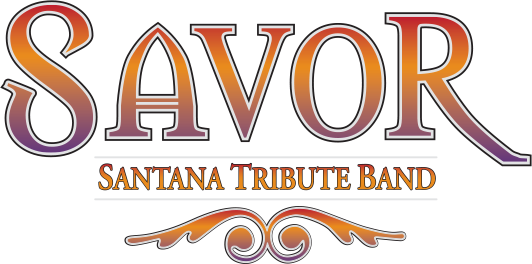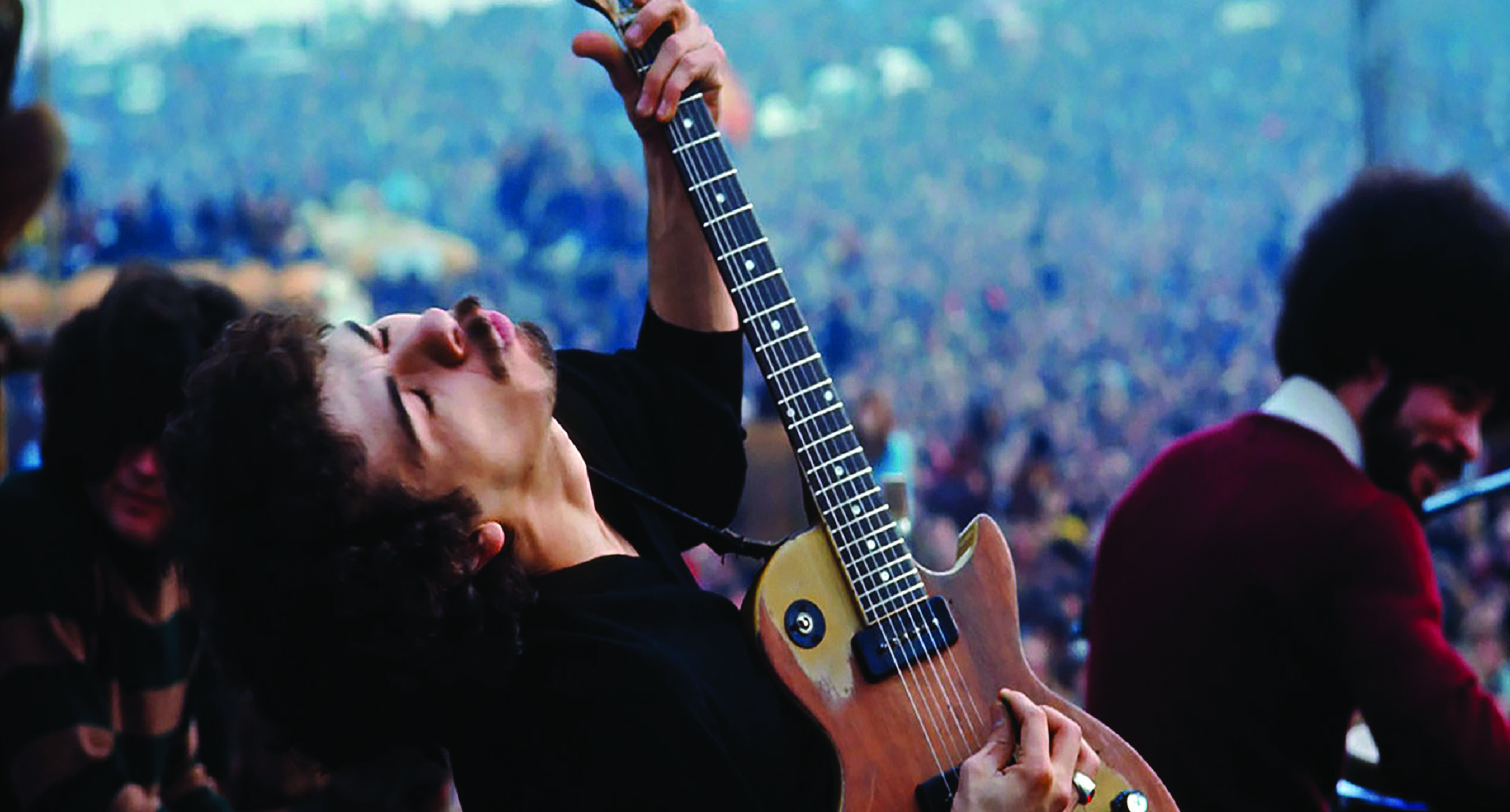From beginning to end, the 1960s were a time of transformation, disillusionment, turbulence, and activism. What began with the hope and optimism of John F. Kennedy’s presidency, quickly soured with his assassination in 1963 and culminated with Martin Luther King’s in 1968. In between, the US suffered through Cold War tensions, the Cuban Missile Crisis, the escalating Vietnam War, backlash to the Civil Rights movement, and massive civil unrest and anti-war protest.
The Soundtrack of a Revolution: Santana and the San Francisco Scene
San Francisco emerged as the epicenter of the American counterculture movement, attracting young people from all over the country with its message of peace, love, and freedom. The Haight-Ashbury district, in particular, became synonymous with the hippie movement, known for its communal living, psychedelic drug use, and alternative lifestyles. The 1967 “Summer of Love” was a culmination of this countercultural movement, drawing as many as 100,000 people to San Francisco.
The music scene of the ‘60s was wild, energetic, and innovative, with bands like the Grateful Dead, Jefferson Airplane, Jimi Hendrix, and Janis Joplin becoming iconic figures. Against this backdrop, Santana emerged as a powerhouse with their unique blend of Latin-infused rock and blues.
Having just moved to San Francisco with his family in 1960, Santana was in the right place at the right time. After working as a dishwasher and playing for spare change on the streets, he formed the Santana Blues Band in 1966 with fellow street musicians David Brown and Gregg Rolie. Eventually, they caught the attention of rock music impresario and concert promoter Bill Graham, who was known for managing famous venues such as the Fillmore West and promoting the top acts of the 60s and 70s.
Santana began performing at the Fillmore West, but rocketed to stardom with their electric performance at the iconic Woodstock festival in 1969. That same year, Santana’s self-titled debut LP introduced their first Top 10 hit, “Evil Ways,” and went triple platinum. Signed to Columbia Records, they released Abraxas, with the hits “Black Magic Woman” and “Oye Como Va,” which reached number one the next year, followed by Santana III (1971) and Caravanserai (1972).
Santana cemented their iconic sound in the 1960s and 1970s with a fusion of Latin rhythms and percussion, blending rock, jazz, blues, Afro-Cuban rhythms, and Tijuana norteño music. However, it was the energy and passion Carlos Santana brought to his guitar playing that made their music stand out. His guitar work was distinctive and powerful, characterized by his emotive, blues-based solos filled with sustained notes and a smooth, singing tone. It resonated with the ethos of the era—a time of cultural and musical experimentation and a desire for a deeper connection to the roots and soul of music. This powerful combination of innovative sound and passionate guitar playing continues to define Santan’s legacy today.


